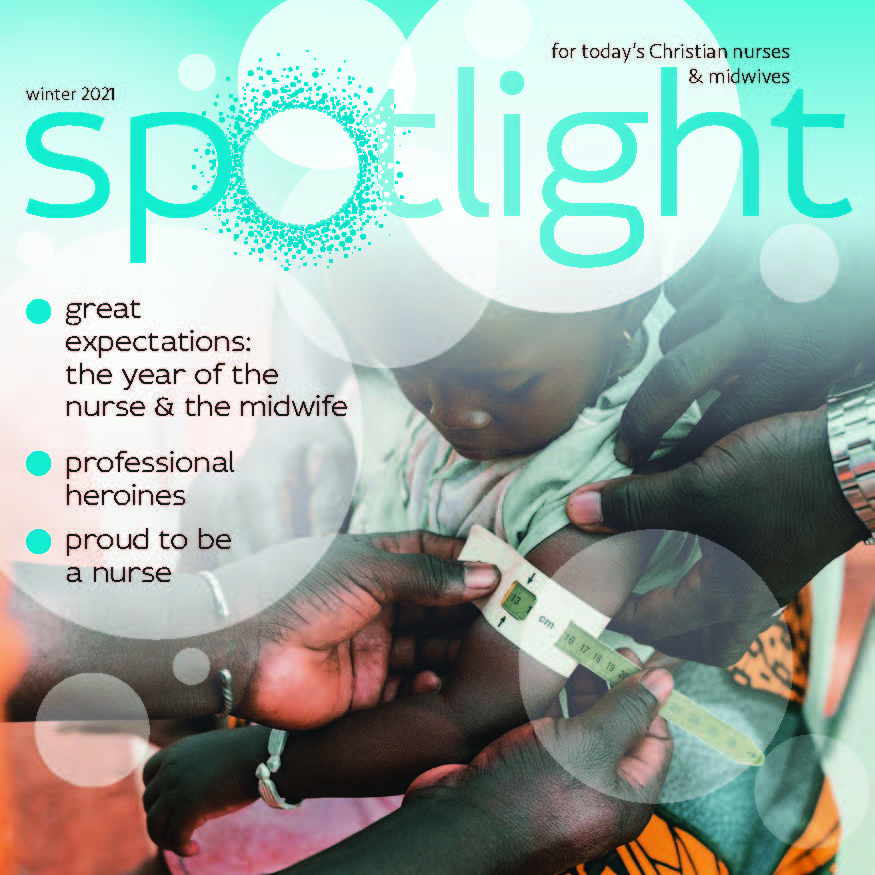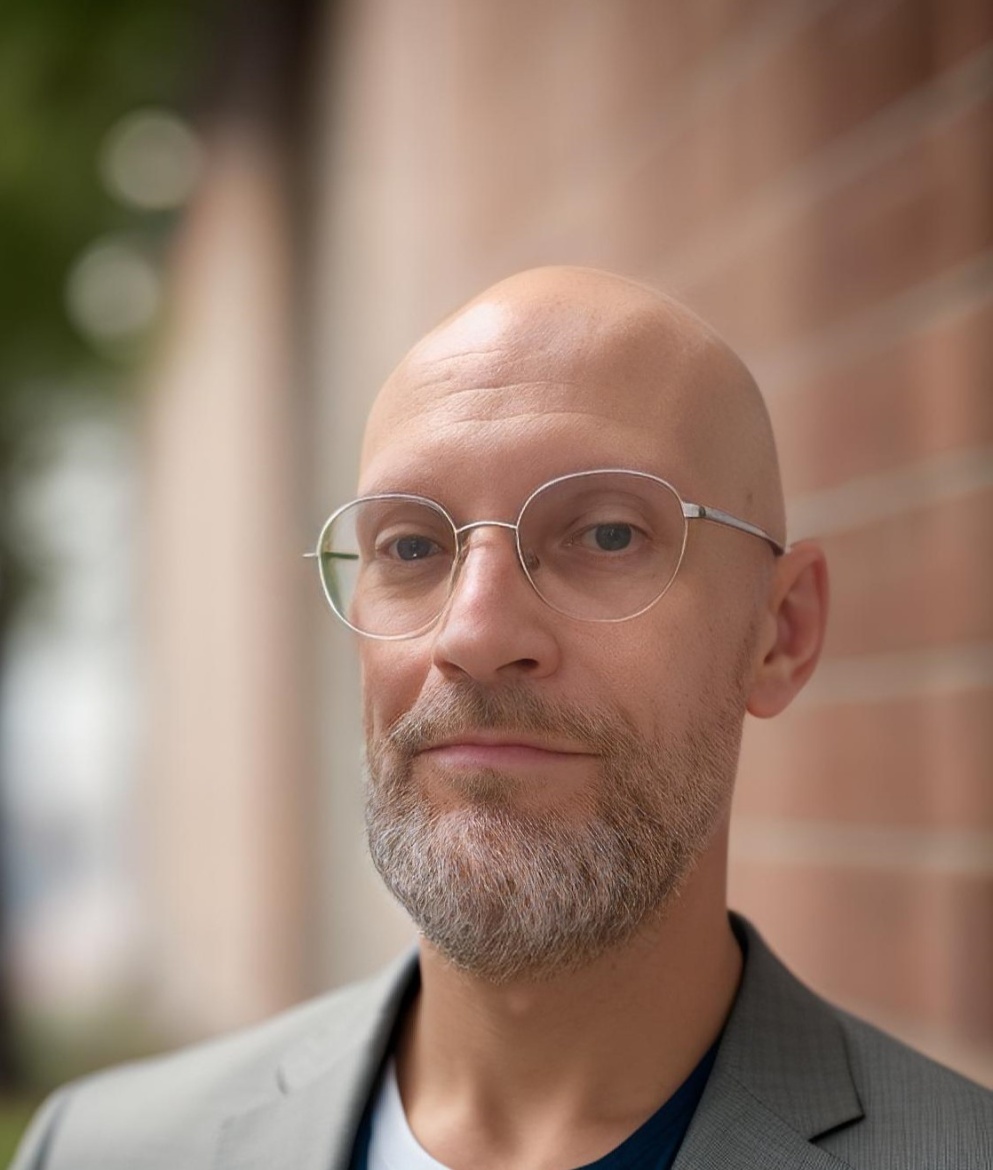The traditional image of Florence Nightingale is that of a willowy woman with a white bonnet, dark dress and miraculously clean pinafore, carrying a lamp aloft, mopping fevered brows of adoring, injured soldiers as she walked her rounds at Scutari Hospital. The 'Lady of the Lamp' of popular mythology was mostly a propaganda message promoted by the War Office. The real Nightingale was more complicated.
from less than humble beginnings…
Born to a wealthy, Unitarian family in Florence, Italy in 1820, she was named after the city of her birth. From the start, Nightingale had an unconventional upbringing. Schooled in the classics, mathematics and the sciences, she was far better educated than most of her contemporaries. Her family had a political heritage - her grandfather had campaigned against slavery with William Wilberforce. This familiarity with the corridors of power would stand Nightingale in good stead. During youthful travels across Europe, Nightingale formed what proved to be a lifelong and pivotal friendship with the British parliamentarian Sidney Herbert.nurse
While travelling through Thebes, a few weeks before her seventeenth birthday, she wrote in her diary 'God called me in the morning and asked me would I do good for him alone without reputation'. However, it was three years later when she found her true vocation on a visit to the Lutheran religious community at Kaiserswerth-am-Rhein in Germany. There she observed Pastor Theodor Fliedner and the deaconesses working for the sick and the socially deprived. She regarded the experience as a turning point in her life and returned shortly thereafter to gain formal training as a nurse. Returning to London in 1853, she was offered the post of superintendent at the Institute for the Care of Sick Gentlewomen in Upper Harley Street, a position she would hold for little over a year. However, in that brief time, she gained such a reputation for her clinical leadership that when reports of appalling hospital conditions came from the Crimean front, her friend Sidney Herbert, now Secretary of State for War, turned to Nightingale for help. So it was that in November 1854, she arrived at Scutari Hospital with a team of 38 personally selected and trained nurses. They found overworked medical staff with insufficient medicines, appalling hygiene, mass infections and high death rates. Ten times as many soldiers died from preventable infections than died of their wounds.statistician
So appalled was she that Nightingale not only began to improve practical care with her team but began a rigorous collection of data on the causes of morbidity and mortality. She seemed to have an instinctual feel for statistics, but also about how to present this data to those in power. So it was that she produced the now-famous polar area diagrams showing beyond argument the shockingly high rates of death among the wounded from preventable infections. Her diagrams, letters and pleas eventually had an impact. The War Office, at Herbert's insistence, dispatched no less a person than Isambard Kingdom Brunel to design a new, prefabricated hospital, designed to Nightingale's recommendations. The result was Renkioi Hospital, which had a death rate of less than ten per cent that of Scutari. Her recommendation shaped the design and practice of the other field hospitals, and it is reckoned that Nightingale was responsible for reducing mortality rates from 42 to two per cent through improvements in hygiene and aseptic practice, nutrition, ventilation and lighting.activist
After her return from the war, she set about reviewing the practice of her nurses, applying the same statistical rigour that she had used during the war. She published her mistakes and used this information to inform changes that she wanted to bring to nursing practice and hospitals in Britain. She was not afraid to show that her nurses caused deaths and that their practice needed to change. The statistical data that Nightingale gathered over her time in the Crimean War, and her later collecting similar data from hospitals across England and Europe, led her to design hospitals around what we now know as 'Nightingale Wards'. She developed a school of nursing at St Thomas' Hospital that set the standard for nurse education across the world and establish nursing as a profession with a strong evidence base. Her reputation in the popular imagination and in political circles was now such that she had a great influence on health policy and practice. However, for all her statistical and scientific rigour and her political influence, Nightingale never lost sight of the need for care and compassion at the heart of nursing. Nursing is an art: and if it is to be made an art, it requires an exclusive devotion as hard a preparation, as any painter's or sculptor's work; for what is the having to do with dead canvas or dead marble, compared with having to do with the living body, the temple of God's spirit? It is one of the Fine Arts: I had almost said, the finest of Fine Arts. 1The art and science of nursing are inextricably linked, but she also knew that this was only achieved through rigorous training, discipline, and constant, critical, self-evaluation. She understood 'reflective practice' long before the term came into usage. She remained an active and effective campaigner for public health and social reform for the rest of her life, despite being bed-ridden for thirty years as a result of infections acquired during her time at Scutari.mystic
Nightingale's faith was a huge motivator for her work. Apart from espousing an early call from God, she found herself at home in the liberal wing of the Anglican Church, although she never formally joined. She rejected the theologies of the Incarnation and the Atonement, and settled on a vague, 'God is in everyone' mysticism. For her, faith was always worked out in practical, compassionate care and activism rather than church services. She had, in short, created a version of the Christian faith that suited her - a postmodern, liberal Christianity familiar to us in the twenty-first century, but which was definitely not biblical Christianity.legacy
The nursing profession, as we know it today, exists primarily because of Nightingale. She saw active compassion, evidence-based practice and scientific rigour as fundamental to good nursing. She also saw the need to use evidence, convincingly communicated, as vital to achieving social and political change necessary to improve public health. She remains a controversial figure - many have argued that she was never much of a nurse, more an administrator and statistician. Others question how much of her legacy was war propaganda put about to help public support for a failing war effort. However, when you see her statistical work, read her writings on nursing and observe the impact her approaches to public health, nursing and hospital design had until the early twentieth century, it seems more than fitting that we should celebrate the year of the nurse and the midwife on the two-hundredth anniversary of her birth.Steve Fouch is CMF Head of Communications
































